Reading Time: < 1 minute AgriProfit$ Cropping Alternatives has been updated for 2017. The crop-budgeting tool allows producers to project costs, margins and break-even yields for potential cropping choices. The data is presented by soil zones, with a mix of cereals, oilseeds, pulses and forage crops for each zone. Crop budgets include a projection of individual itemized variable costs as […] Read more
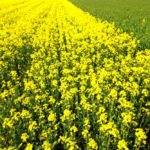
What will make you money this year?
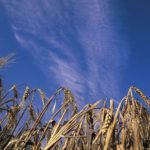
Crop fact sheets available
Reading Time: < 1 minute Three crop varietal fact sheets are now available. The Varieties of Cereal and Oilseed Crops for Alberta 2017 that provides agronomic characteristics and disease-resistance information are provided for varieties of wheat, barley, oat, rye, triticale, flax and canola. Varieties of Pulse Crops for Alberta provides information on pulse variety performance for varieties of field pea, […] Read more
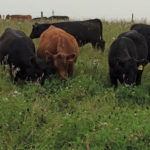
Let cattle do the seeding
When cattle graze on mature legumes, they will distribute species such as cicer milk vetch to areas where there were few or none before
Reading Time: 5 minutes Cattle can be managed to produce calves, beef and milk — but can they also be put to work reseeding pastures? As long as you’re not in a hurry, the answer is ‘yes,’ say producers who have managed beef cows and yearlings so they distribute legume seeds through their manure. There doesn’t appear to be […] Read more
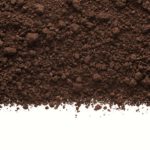
Seven steps to accurate soil testing
Many Prairie farmers spend $250,000 or more on fertilizer each year. Are you getting your moneys worth? Applying fertilizer nutrient that is not needed is a waste of money. If you don’t apply a needed fertilizer, you’ll see a loss in yield and revenue. Soil testing can provide an excellent picture of the nutrient levels[...]
Read more
Read more
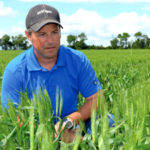
7 tips for on-farm research tests
Is that shiny new product likely to work on your farm? To separate the heifer dust from the cream of the crop, farmers need to take a hard look at the research behind the marketing claims. John Heard, soil fertility specialist with Manitoba Agriculture, says the best way to learn about good research “is to[...]
Read more
Read more
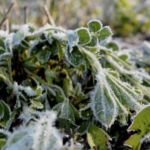
Nitrate buildup a threat after a light frost
When this happens you need to either harvest quickly or wait for nitrate levels to subside
Reading Time: 2 minutes Nitrate accumulation can become a problem when crops experience light frosts of -1 C to -2 C for even only a few hours during the night. These conditions damage the leaves of the plants, but not the roots. Over the next three to four days, the roots continue to send nutrients up the plant, and[...]
Read more
Read more
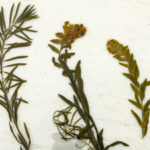
The three worst forage weeds
The benefit of attending of Saskatchewan Agriculture’s Crop Diagnostic School at Swift Current last July was having the opportunity to get an up-close look at problems farmers face every season. One of the experts on hand was Rachel Turnquist, a regional forage specialist with Saskatchewan’s Ministry of Agriculture. Turnquist gave us a look at what[...]
Read more
Read more
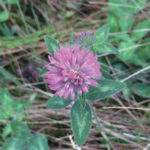
Overconsumption of clovers can affect horse health
Horse Health: There are clear symptoms to watch for when there’s clover in a horse’s diet
Reading Time: 4 minutes Whenever horses are grazing on pastures where clover is present, certain health concerns for the horse need to be kept in mind. It is of value to recognize the type of clovers present in the pasture, as well as the type of health problems that might ensue with ingestion of particular types of clover. Clover[...]
Read more
Read more

High-quality forages tougher to find this year
CNS Canada — There seems to be no shortage of forages in Western Canada this year, as wet weather has allowed grasses to keep progressing at a steady rate. Finding high-quality hay could be the challenge, however, according to crop watchers in Saskatchewan and Manitoba. “It’s been tough for guys to put four to five[...]
Read more
Read more
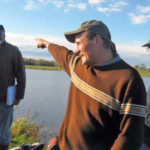
Six limiting factors in your soil that will make or break your operation
Without these six key ingredients, your soil — and your farm — could be in trouble
Farms and grazing operations — organic or otherwise — are only as good as their worst resource, according to Oregon-based grazier Abe Collins. “Soil is our primary infrastructure on the farm,” said Collins, who spoke at the recent Organic Alberta conference. “Biologically, chemically, and physically, you need to be looking at the limiting factors in[...]
Read more
Read more

